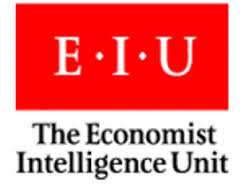“As pressure grows to curb greenhouse gas emissions, the real estate and construction sectors can play a critical role in shaping energy use. Since they are collectively responsible for approximately 40% of the world’s carbon emissions, climate change targets will be nearly impossible to reach without industry’s full participation. This is particularly the case in rapidly urbanizing emerging markets.
In China alone, more new housing was constructed in 2010 than the entire housing stock of Spain, a nation of almost 50 million. With the built environment expanding at such rates, the need to accelerate implementation of energy efficiency is clear. Fortunately, many companies see the business case.
Investments in energy efficiency can offer a profitable way of reducing carbon emissions levels. And with sustainability rising on the corporate agenda, landlords that offer clean, green buildings differentiate themselves.
Companies are responding. Many are making impressive strides in improving the efficiency of their structures, often using a range of increasingly sophisticated building management services and efficiency technologies such as sensor-controlled lighting and wireless temperature controls.
Meanwhile, new relationships between landlords, building managers and tenants offer further opportunities to reduce energy consumption. This can involve new kinds of contracts or closer collaboration; in some cases, it will require policymakers to remove barriers to changing business models.
Obstacles remain, however. To start, the emphasis on energy efficiency is largely directed towards new buildings. While this is understandable given the operational, logistical and technical difficulties of upgrading older buildings, it limits the ability of the buildings sector to realize fully its energy efficiency potential. Retrofits are essential because buildings are durable, long lasting investments, and existing structures will continue to make up the lion’s share of the built environment.
A lack of awareness among tenants and buyers of the benefits of low-energy buildings also impedes progress. Consumer awareness can serve as a catalyst for innovation by creating market demand for highly efficient buildings. This exists in some European markets, such as Austria, where energy efficiency is more highly valued.
Significant opportunities exist today for both companies and policymakers. Energy efficiency provides companies with the chance to cut costs and differentiate their buildings. Yet policymakers are in a race against time as the built environment expands rapidly and the effects of climate change become evident. They can stimulate the private sector to contribute to the solution of this challenge by introducing carefully crafted policy tools that create market opportunities.”
